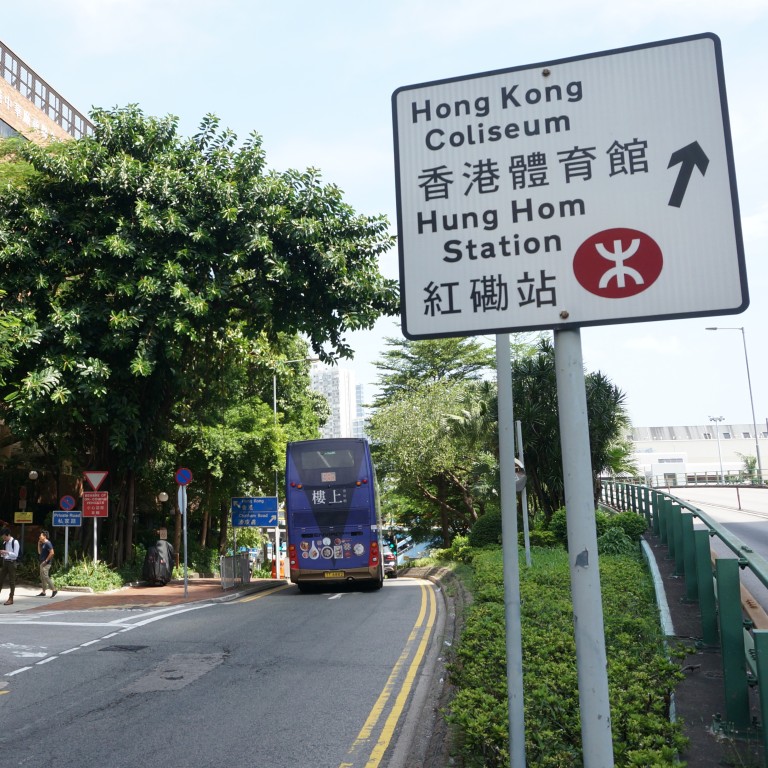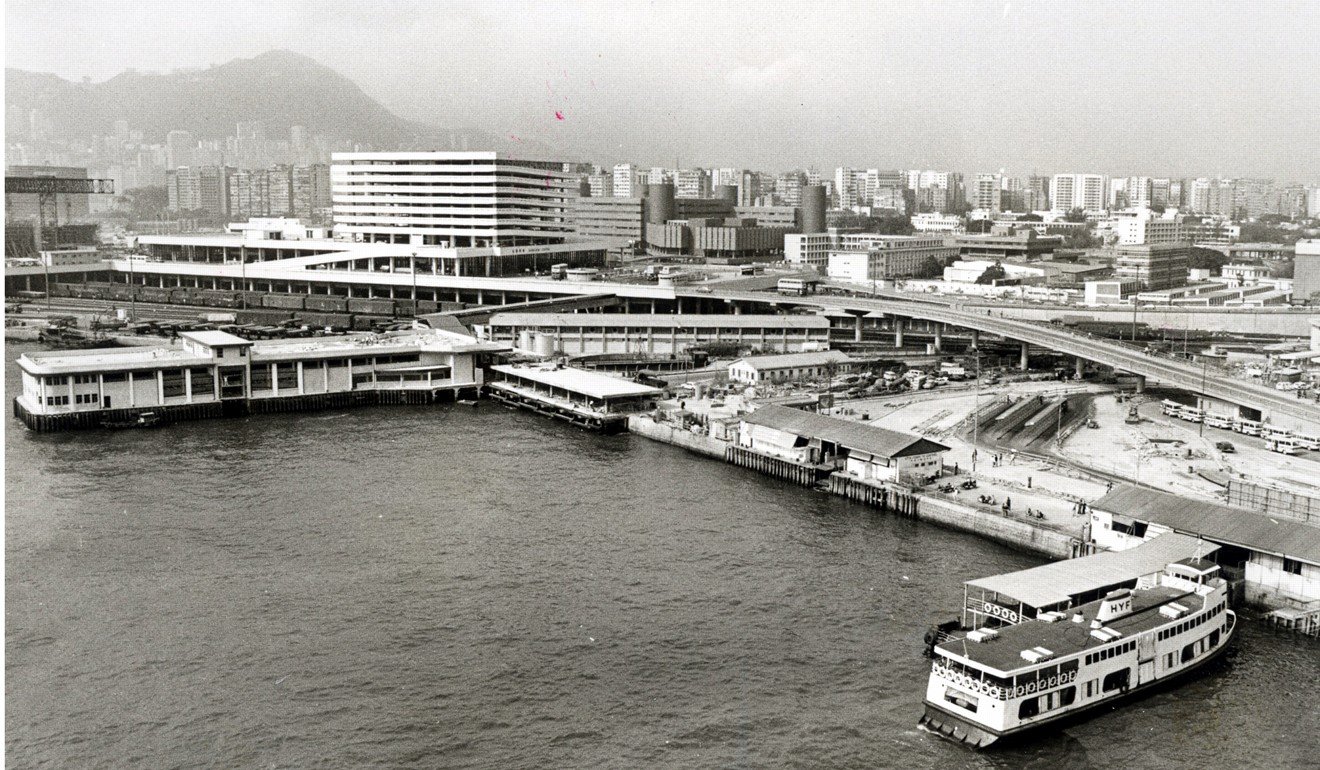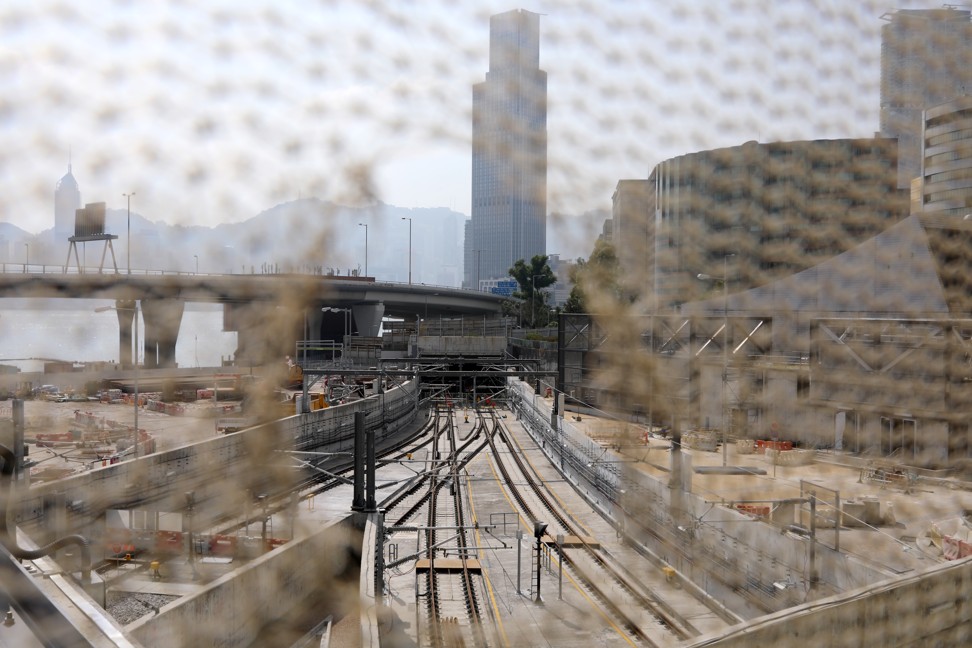
Hung Hom’s connectivity with emerging business hubs in Hong Kong is lifting the fortunes of the former industrial area
- Hung Hom is as a critical node on the Sha Tin to Central rail link
- District was a heavy industrial centre until the early 1970s
In military circles, they say that amateurs talk about tactics, but professionals study logistics. Looking at the way property markets have developed in recent years, I’ve come to the conclusion that something similar applies in real estate.
Don’t worry, I’m not suggesting war has broken out. At least not yet. What I mean is that the mantra “location, location, location” is no longer enough. These days, it is “connections, connections, connections” – the construction of transformative transport links – that are providing some of the biggest developmental springboards. And they are proving to be excellent indicators of future opportunities – both overseas and here in Hong Kong.
Take London’s defunct docklands. Redevelopment began in 1988 and the first buildings were completed in 1991 … just as the commercial property market was nearing collapse. Things turned around when work began on the much-delayed Jubilee Line Extension. Opening in stages from 1999, it provided critical connectivity to London’s core inner city office markets. Today Canary Wharf has established itself as the leading alternate London central business district.
Closer to home, Shanghai’s new Hongqiao business district, was never positioned, to rival Pudong Lujiazui. Rather, its attractiveness as an office location is related directly to its proximity to the Hongqiao transport hub. Probably China’s biggest single transport nexus, it ties together high speed rail, light rail, metro and air transport in a single, very convenient package.

There is no hard and fast rule about timing when making the most of opportunities. But, Hong Kong’s Urban Renewal Authority (URA) often launches project tenders up to 10 years ahead of a major, transformative infrastructure improvement.
That said, in the years running up to a major new, infrastructure project launch, it’s not uncommon to witness a flurry of government land sales, landlords launching the redevelopment of wholly-owned buildings in the area and developers accelerating the assembly of desirable sites via strata title buyouts under the Compulsory Sale for Redevelopment Ordinance.
For example, when the MTR Corporation announced a revised proposal for its Sha Tin to Central link (SCL), To Kwa Wan witnessed rapid growth in urban regeneration projects. The URA alone has accounted for 13, with an additional 11 by New World Development, Henderson Land Development, Kerry Properties, K Wah International, CK Asset Holdings and Paliburg Holdings.
Today, one of the clearest examples of connectivity changing the shape of Hong Kong’s commercial property landscape is Hung Hom. It is emerging as a critical node on the SCL, seamlessly linking the existing Ma On Shan Line and West Rail Line to form the new Tuen Ma rail line. That will occur with the full opening of SCL phase 1, in 2020, although a partial opening is scheduled for later in 2019. When SCL Phase II becomes operational in 2021, this second segment of the larger new SCL metro system will extend East Rail across the harbour.
This development will greatly improve Hung Hom’s connectivity to the emerging alternate office hub in Wong Chuk Hang, and the business district in Quarry Bay, centred around Taikoo Place. Through Hung Hom, these emerging and alternate business districts will gain much greater connectivity to Hong Kong’s new CBD2 business hub in Kowloon East, which is expected to begin to approach mature form between 2026-2028.
Looking more than one decade out, Hung Hom’s ease of connectivity to Sha Tin will be important because of the longer-term potential for a new hi-tech industry focused central business district to emerge in Sha Tin around the Ma Liu Shui reclamation/Sha Tin sewage plant site. It will function as a key Eastern New Territories anchor within the Eastern Knowledge and Technology Corridor, a conceptual development arc, running through the existing Hong Kong Science Park and the Chinese University of Hong Kong campus, Tai Po Industrial Estate, Education University of Hong Kong to link with the Lok Ma Chau Loop and Liantang/Heung Yuen Wai Science Park, both situated on the northern border with Shenzhen, from where they will provide a critical links with innovation industries in the Greater Bay Area.

Until the early 1970s, Hung Hom’s commercial strength was rooted in heavy industrial activity. But in the mid-1970s, its urban development became increasingly tied in with Hong Kong’s transport sector. And the area’s future clearly lies in its connectivity with other vital, emerging areas in Hong Kong.
Or to put it another way, it increasingly doesn’t matter where something happens to be located. What matters is how easy it is to get to.
Andrew Ness is a senior consultant of strategic market intelligence at Colliers International (Hong Kong)


